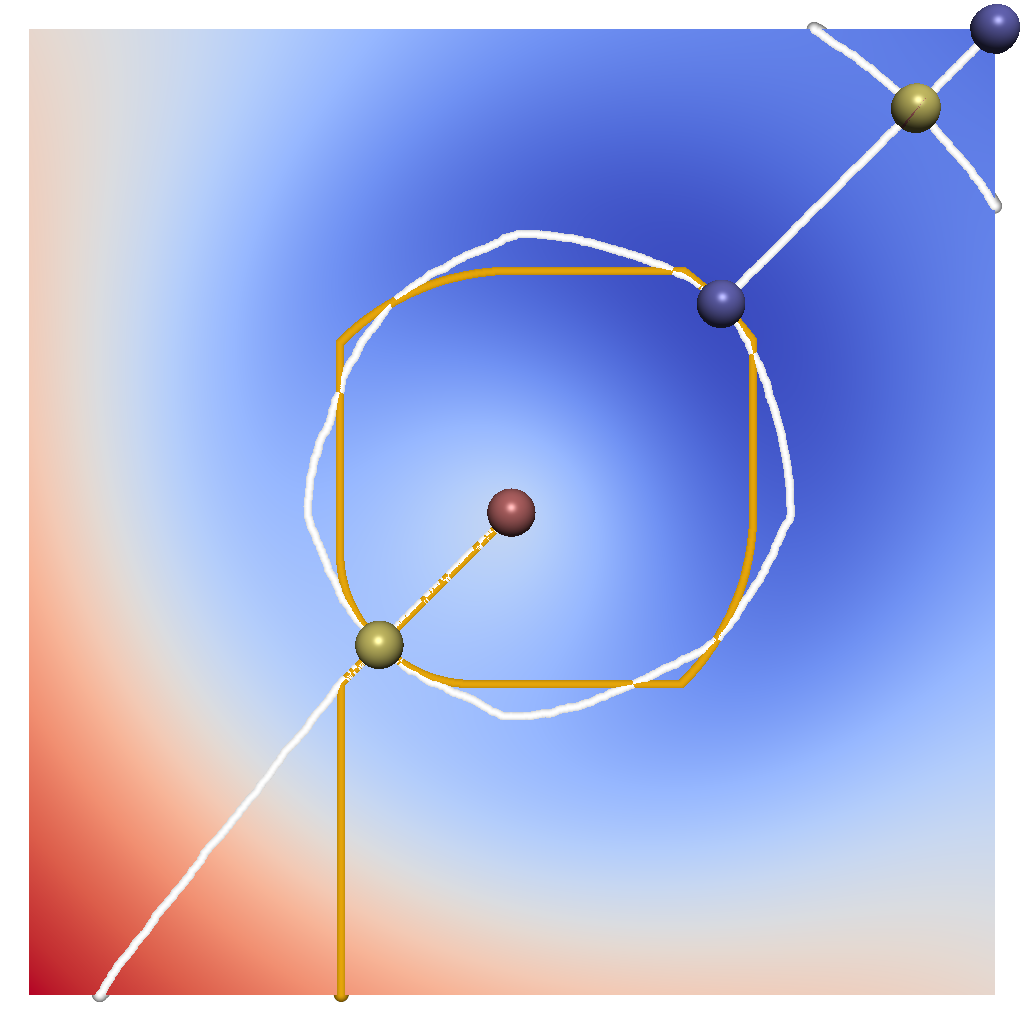Revisiting Accurate Geometry for the Morse-Smale Complexes
Son Le Thanh - KTH Royal Institute of Technology, Stockholm, Sweden
Michael Ankele - KTH Royal Institute of Technology, Stockholm, Sweden
Tino Weinkauf - KTH Royal Institute of Technology, Stockholm, Sweden
Download preprint PDF
Room: Bayshore III
2024-10-14T16:00:00ZGMT-0600Change your timezone on the schedule page
2024-10-14T16:00:00Z

Abstract
The Morse-Smale complex is a standard tool in visual data analysis. The classic definition is based on a continuous view of the gradient of a scalar function where its zeros are the critical points. These points are connected via gradient curves and surfaces emanating from saddle points, known as separatrices. In a discrete setting, the Morse-Smale complex is commonly extracted by constructing a combinatorial gradient assuming the steepest descent direction. Previous works have shown that this method results in a geometric embedding of the separatrices that can be fundamentally different from those in the continuous case. To achieve a similar embedding, different approaches for constructing a combinatorial gradient were proposed. In this paper, we show that these approaches generate a different topology, i.e., the connectivity between critical points changes. Additionally, we demonstrate that the steepest descent method can compute topologically and geometrically accurate Morse-Smale complexes when applied to certain types of grids. Based on these observations, we suggest a method to attain both geometric and topological accuracy for the Morse-Smale complex of data sampled on a uniform grid.